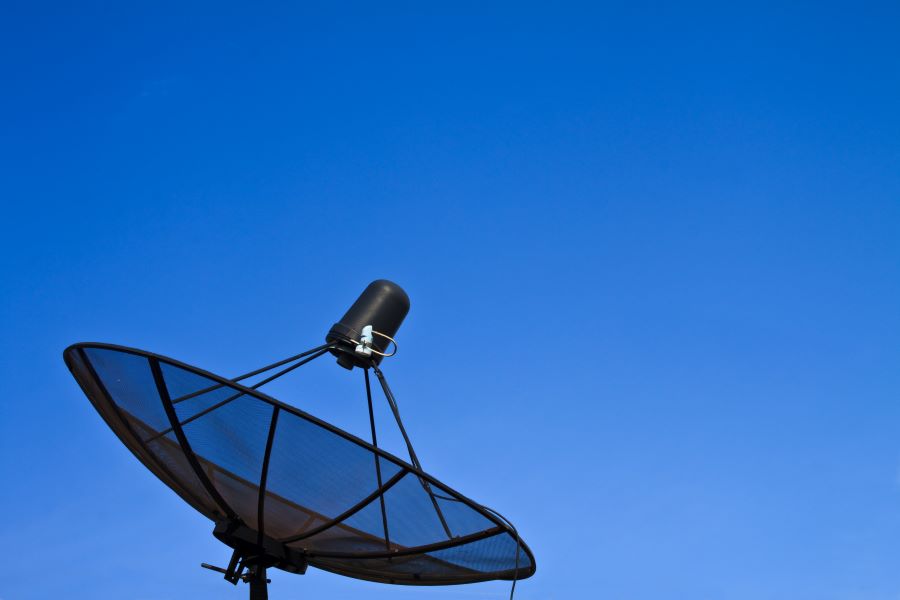Television displays have been a prominent evolution in the tech industry. From offering a home theatre experience to keeping users entrained in their living spaces, it is safe to say that television has become an important part of human styles.
Buy Airtel DTH with exciting benefits
Making an exceptional remark in the industry, these TV screens surely created a buzz in the industry with their exceptional picture quality and performances. So, if you are looking for ways to learn more about Plasma TV screens, we have got your back!
In this blog, we’ll explore what defines a plasma screen TV, its advantages, and disadvantages, and whether it’s still a viable option in today’s market. Continue reading till the end.
I. Plasma TV Definition: Understanding the Technology
Plasma screen TVs utilize a unique technology to produce images on the screen. Here’s a closer look at how plasma TVs work and their key components:
– Overview and History: Plasma screen TVs gained popularity in the late 20th century as an alternative to traditional cathode ray tube (CRT) and LCD displays.
– Technology: Plasma TVs use small cells filled with gas (typically a mixture of neon and xenon) sandwiched between two glass panels. When an electric current is applied, the gas emits ultraviolet light, which then interacts with phosphors to produce coloured light.
– Key Components: The main components of a plasma screen TV include the plasma cells, address electrodes, dielectric layer, and phosphor-coated glass panels.
Read more: What is a TV and how does it work?
II. Advantages of Plasma Screen TVs
Plasma screen TVs offer several advantages that set them apart from other display technologies:
– Superior Picture Quality: Plasma TVs are known for their exceptional picture quality, with deep blacks, vibrant colours, and high contrast ratios.
– Deep Black Levels: Plasma screens can achieve deep black levels, resulting in rich, lifelike images with excellent detail and contrast.
– Wide Colour Gamut: Plasma TVs have a wide colour gamut, allowing them to reproduce colours accurately and vividly.
– Wide Viewing Angles: Unlike LCD displays, which may suffer from colour distortion at off-angles, plasma TVs maintain consistent picture quality across a wide viewing angle.
– Faster Refresh Rates and Response Times: Plasma screens typically have faster refresh rates and response times compared to LCD displays, making them well-suited for fast-paced content such as sports and action movies.
Read more: A detailed guide on how to connect your set top box to TV

III. Disadvantages of Plasma Screen TVs
While plasma screen TVs offer impressive picture quality, they also have some drawbacks to consider:
– Energy Consumption: Plasma TVs tend to consume more power compared to LCD and LED displays, resulting in higher energy bills.
– Potential for Image Retention and Burn-in: Plasma screens are susceptible to image retention and burn-in, especially with prolonged display of static images or logos.
– Heavier and Bulkier Design: Plasma TVs are generally heavier and bulkier than LCD and LED displays, making them less convenient to install and move.
– Limited Availability and Production: As newer display technologies emerged, such as OLED and QLED, the production of plasma screen TVs declined, leading to limited availability in the market.
IV. Plasma TVs Vs. Other TV Technologies
When comparing plasma TVs to other display technologies like LCD, LED, OLED, and QLED, there are several factors to consider:
– Picture Quality: Plasma TVs offer superior picture quality in terms of colour accuracy, black levels, and motion handling.
– Energy Efficiency: LCD and LED displays are more energy-efficient compared to plasma screens, making them a preferred choice for environmentally conscious consumers.
– Availability: With the decline in production, plasma TVs are less readily available in the market compared to other display technologies.
– Cost: While plasma TVs may offer better picture quality, they tend to be more expensive upfront and may incur higher operating costs due to their energy consumption.
Read more: Detailed steps on how to connect the internet to your TV
V. Should You Consider a Plasma Screen TV?
Whether or not you should consider a plasma screen TV depends on your specific needs, preferences, and budget:
– Assessing Your Needs: Consider factors such as picture quality, energy efficiency, and availability when determining if a plasma TV is right for you.
– Evaluating Advantages and Disadvantages: Weigh the pros and cons of plasma screen TVs against other display technologies to make an informed decision.
– Availability and Cost: Consider the availability and cost of plasma TVs in the market, as well as ongoing operating expenses related to energy consumption.
Conclusion
No matter if plasma screen TVs have been largely overshadowed, they still hold a special place in the hearts of home theatre enthusiasts. And, if you have once used a Plasma screen you will understand the reason why! On the other hand, looking at the drawbacks, the limited availability and higher energy consumption, Plasma Screen may seem less practical for some consumers.
Nevertheless, the decision to choose a plasma screen for your personal or other purposes solely differs from user to user. If the Plasma TV screens fit well with your budget, requirements, and user preferences, it is best to choose this option. If not, consider other available options.
Once you have decided on the TV, why not choose a good DTH connection to go along with it too? Take your pick from the two feature-rich DTH set-top boxes from Airtel and get them installed in your home in no time!



